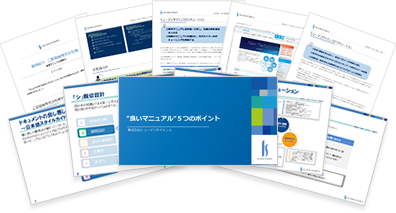
- Table of Contents
1. What is Customer Success?

In recent years, there has been an increasing number of companies offering subscription-based services that are focusing on customer success. Previously, the emphasis was primarily on customer support, and customer success was often not considered. However, now, more and more companies are engaging in customer success, which is the support aimed at leading customers to success, in addition to just support.
Definition of Customer Success
"Customer Success" literally means "the success of the customer." Generally, it is defined as "the efforts to lead customers to success."
What does customer success mean? It refers to the state where customers using a product or service achieve the expected results or success through its use. Customer success serves as a motivation for customers to continue using the product or service.
Subscription-based services cannot generate revenue if customers do not continue to use them. In a situation where products and services are proliferating and customers can easily switch to competitors, the perspective of "how to encourage customers to continue using the service" becomes crucial. Companies strong in customer success can stabilize their business and expect further revenue growth.
Role of Customer Success
It is to understand what results customers expect from using the service and to support the realization of those results. It is also about helping to bring out the value of products and services in the best possible way.
An essential perspective in this is the concept of "Customer Success," which involves understanding and fulfilling the customer's fundamental needs.
Difference from Customer Support
First, as already mentioned, customer success and customer support have different roles. The role of customer support is to resolve issues when they arise. While it aims to improve customer satisfaction through problem resolution, it is reactive in nature, responding to issues as they occur.
On the other hand, customer success aims to lead customers to success, enhance customer satisfaction, and maximize LTV (lifetime value). Therefore, it is characterized by continuous support towards success from the introduction of products and services, building long-term relationships.
In other words, customer support is fundamentally a "waiting" posture, while customer success can be described as a "proactive" posture. This is because the goal is to anticipate and address challenges and issues before customers encounter failures.
There are also the following differences.
| Customer Support | Customer Success | |
|---|---|---|
| Difference between KPI and KGI | Number of customer problem resolutions. | Decrease in churn rate, final LTV based on GRR (Gross Retention Rate) and NRR (Net Retention Rate), etc. |
| Man-Hours & Speed | Prompt response. Emphasizing the importance of enabling customers to use products and services "as usual" quickly. | Proactively and repeatedly approach customers to ensure they can smoothly continue using products and services. When issues arise, the focus is on achieving fundamental solutions that lead to customer success, rather than speed. |
| Position | The basic principle is to complete customer support within our own department. | Emphasizing collaboration with departments responsible for sales and product/service development. While communicating with each department, we work together as a company to drive customer success. |
| Contribution to Sales | Costs incurred to solve customer issues. Essentially, there is no revenue. | Support customer success and achieve contract renewals. Contribute to sales by aiming for upselling and cross-selling. |
| Organization | An organization necessary for all companies. | Especially necessary for startups and SaaS companies. Startups focus on retaining existing customers to ensure continuous revenue and profit. |
2. Background of the Growing Attention on Customer Success

Changes in business models and sales styles are increasing the demand for customer success.
Changes in Business Model
The subscription-based business model is becoming widespread, with users opting to pay for usage rather than purchasing products outright. In the B to C sector, subscription services are increasing, such as Toyota's KINTO. In the B to B sector, the traditional model involved paying a large upfront cost for packaged products, but now, monthly subscription models provided by SaaS vendors like Salesforce, which offer services online, have become mainstream.
Changes in Sales Style
When the business model changes, the tasks required for sales also change.
In the case of one-time sales products, if the sale of the product is the end goal, then the conclusion of the contract is the target. On the other hand, in the case of subscription models, the contract marks the start of the relationship with the customer. If expectations are not aligned and goals with the customer are not set, the contract will not be renewed. Additionally, in the case of SaaS services, there are often many areas that need improvement at the time of release. After that, features are gradually updated, and the product grows together with customers and the market.
In subscription-based businesses like the SaaS industry, it can be said that there is a need for motivation to provide customer feedback to the product and enhance its capabilities.
Unlike traditional one-time purchase business models where sales peak at the time of purchase, for SaaS companies, customer lifetime value (LTV) increases progressively as customers continue their subscriptions. Therefore, ongoing support through customer success initiatives is essential.
Content Creation Support Services and Case Studies to Consider CX
3. Benefits of Customer Success

There are two benefits: improved service quality for customers and enhanced performance.
●Quality Improvement: Enhancing Products and Services
Customer success is in a position close to the customer, allowing for the accumulation of information that leads to improvements in products and services, which can be fed back internally. By utilizing that information for service development and product enhancement, it not only improves the satisfaction of existing customers but also leads to the acquisition of new customers.
●Performance Improvement: Branding
By continuously engaging with customers after purchase through customer success, we can instill a positive impression in them. Providing a positive perspective on the brand and creating fans leads to expansion into other internal businesses or departments, resulting in various benefits such as additional purchases and increased purchase frequency.
Furthermore, customer success leads to the following three benefits.
Maximizing LTV
LTV stands for Life Time Value. It refers to the profit that a customer brings to a company over their lifetime. Through customer success, you can improve the LTV of your products and services.
There are several methods to calculate LTV, but it is generally calculated using the following formula.
Average purchase unit price × Continuation purchase period (or average purchase frequency)
Through customer success experiences, we can promote an increase in average purchase value, an extension of the repeat purchase period, and an increase in average purchase frequency, thereby increasing the profits derived from the customer's lifetime.
Additionally, this leads to a reduction in the churn rate. The churn rate refers to the percentage of customers who cancel or stop transactions within a certain period, and is commonly known as the cancellation rate.
It is an indicator used to enhance the repeat purchase period in LTV, and by keeping the churn rate low, customers are encouraged to use products and services for a longer time. Through customer success activities, quickly addressing customer dissatisfaction and maintaining a high level of satisfaction leads to a longer repeat purchase period, which ultimately improves LTV.
Acquisition of Upsells
Upselling is a sales technique that encourages customers who have previously purchased products or services to make additional purchases. It focuses on increasing the 'quality (unit price)' rather than the 'quantity' of customers. It often involves suggesting the purchase of similar and higher-tier services or products, and in subscription-based businesses, methods such as gradually increasing the contract amount from 'free plan ⇒ paid plan ⇒ optional contract' are also used.
To maximize LTV in this way, it is necessary to aim not only for the extension of the contract period through continuous use of the service but also for the improvement of customer unit price through upselling.
Acquisition of Cross-Selling
Cross-selling is a sales technique that encourages the additional contracting of related services. This is also a method to increase the customer's average spending. While upselling is a method that recommends increasing the usage amount of already contracted services (switching to a higher plan), cross-selling is a method that recommends additional services.
4. Skills Required for Customer Success
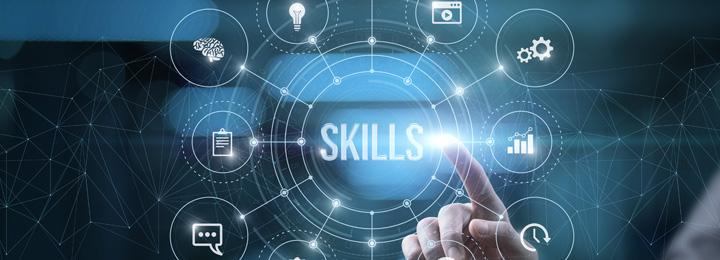
The foundation of the skills necessary for customer success is communication skills that build trust with customers. This can be summarized in the following three points.
• Relationship Building Skills
• Information Analysis Skills
• Problem Solving Skills
Relationship Building Skills
Relationship building skills can be described as accurately understanding customer needs and maintaining close communication. By deepening relationships and demonstrating a commitment to the customer's success, the likelihood of becoming a long-term client increases.
Information Analysis Skills
In customer success, we will collect information about various customers. It is also necessary to have the skills to extract and analyze information from the collected data that will lead to future product development and improvements in services and performance. To propose improvements based on the analysis, it is essential to communicate customer issues clearly to the developers and service designers.
Problem-Solving Skills
Skills to solve the challenges that customers face with products and services are also necessary. Some challenges cannot be addressed solely by the customer success department. Therefore, it is also essential to communicate well with related departments and seek support as needed, facilitating coordination that transcends departmental and group boundaries.
5. Summary
At Human Science, we offer a variety of services for our customers in the Customer Success department. We believe that the quality of the content provided by the Customer Success department is key to achieving customer success. We have a proven track record in creating user training texts and consulting on the improvement of e-learning content. Below is an example of this.
WingArc1st Inc.: Content evaluation, improvement consulting, and content production services for the Customer Success Department
https://hs-learning.jp/case/wingarc1st/
We provide a one-stop service for creating easy-to-understand manuals, video manuals, and e-learning content necessary for customer success, so please make use of it.

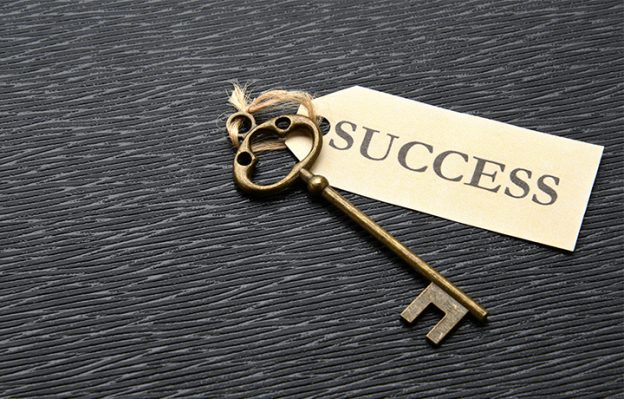

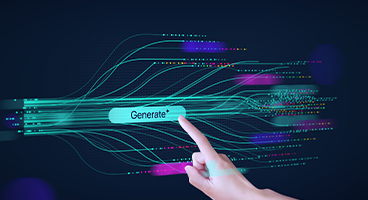



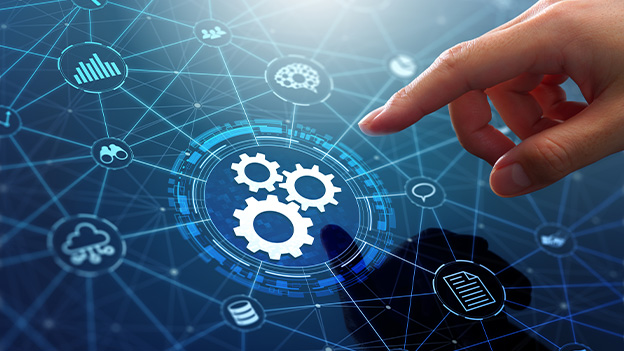


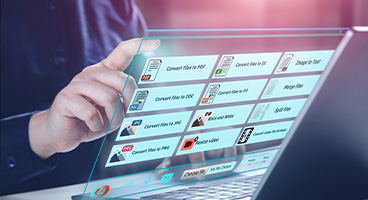
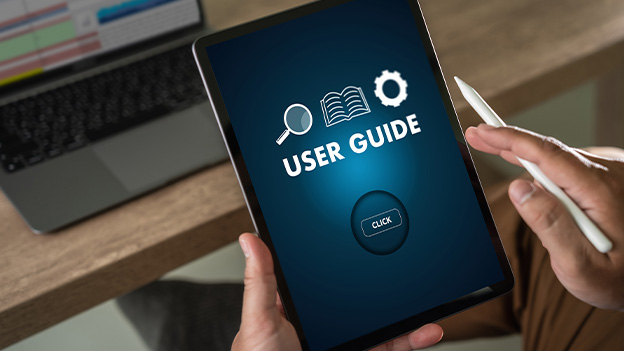






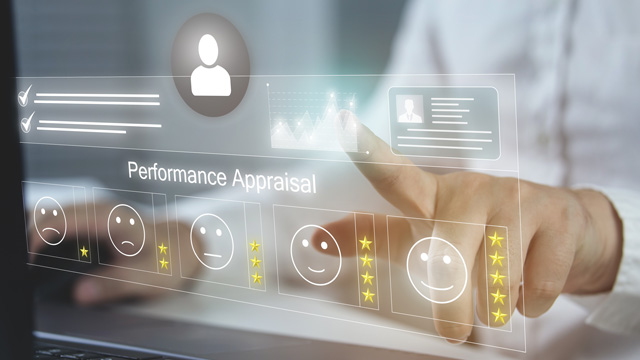

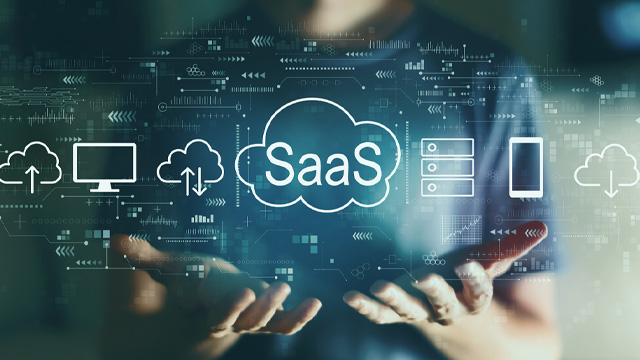



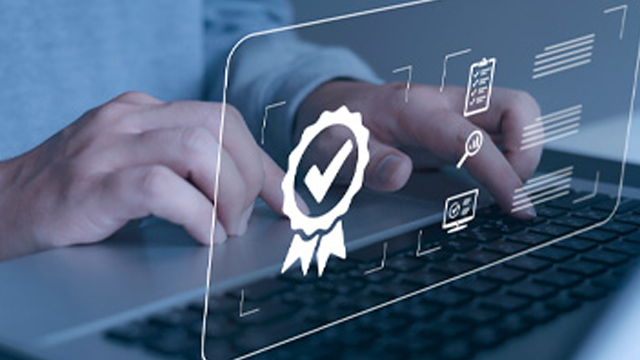



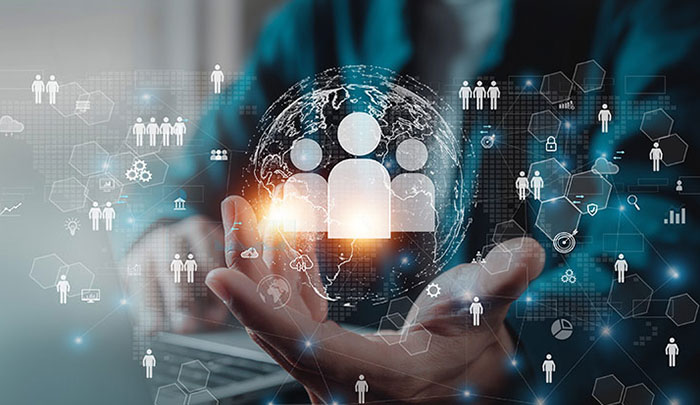
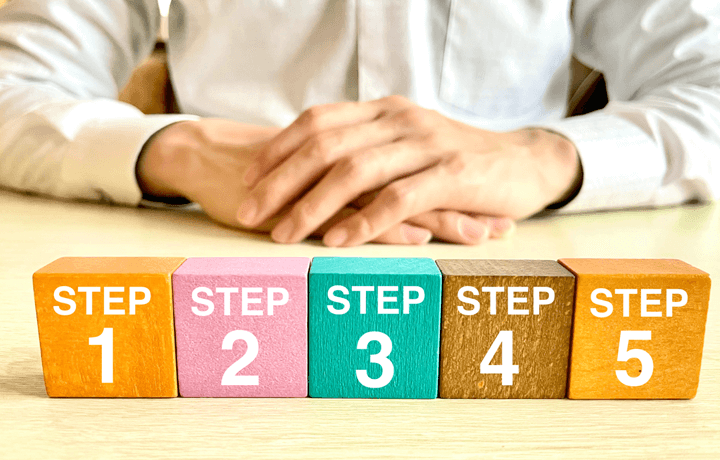

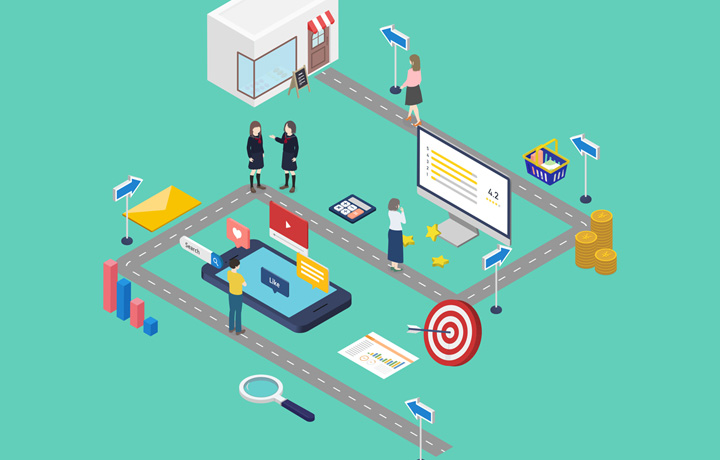
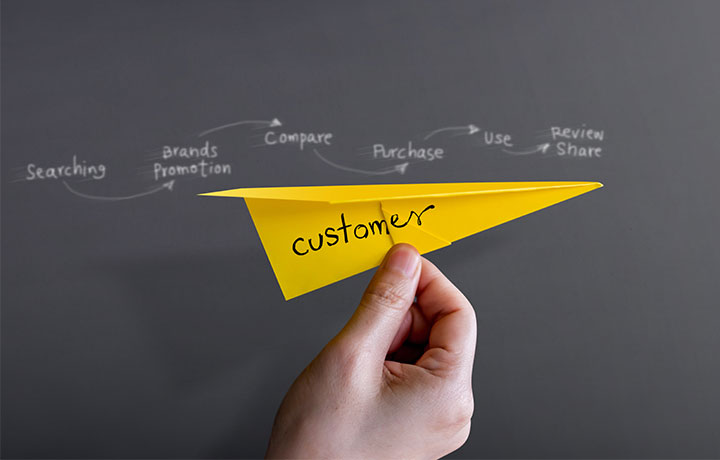
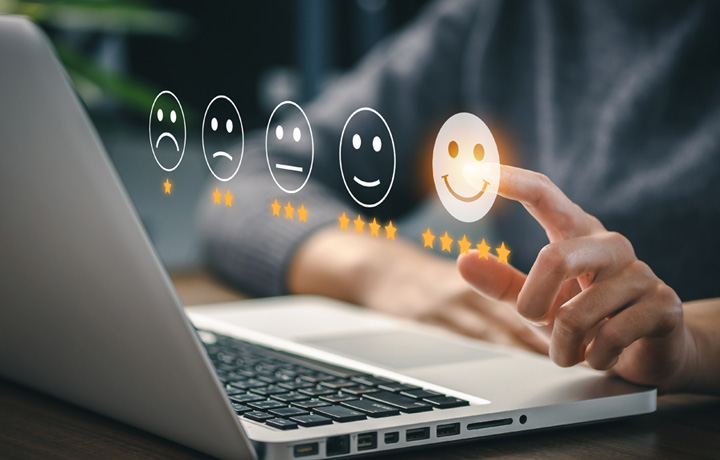

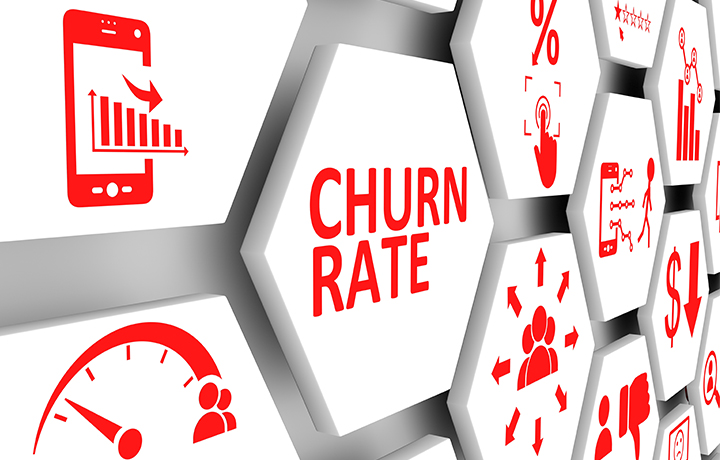

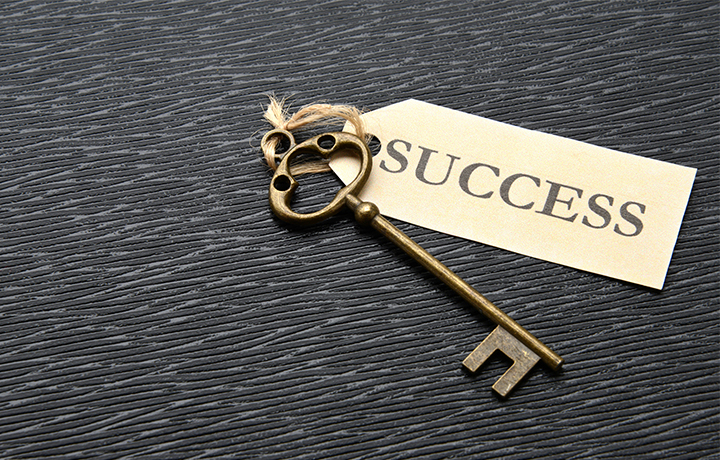






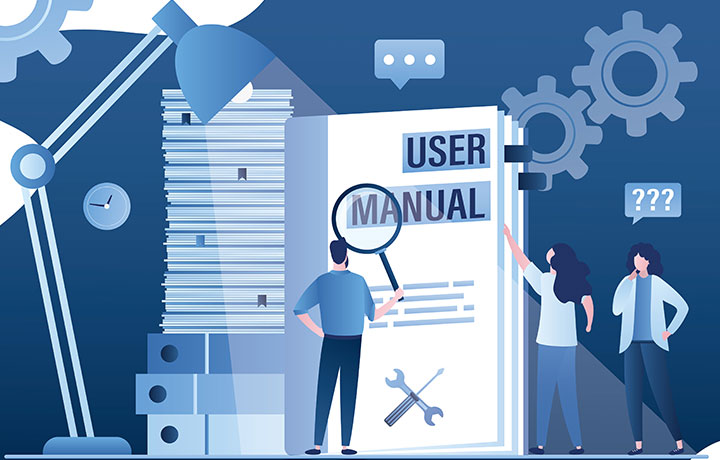
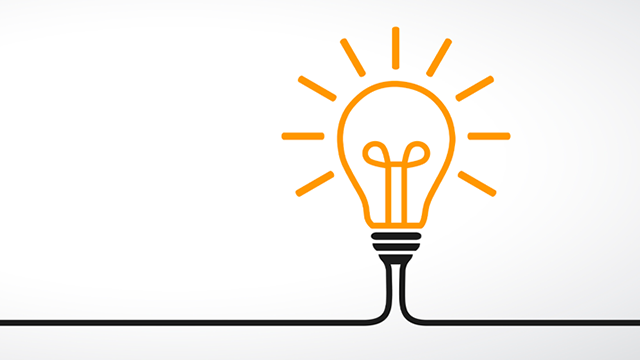
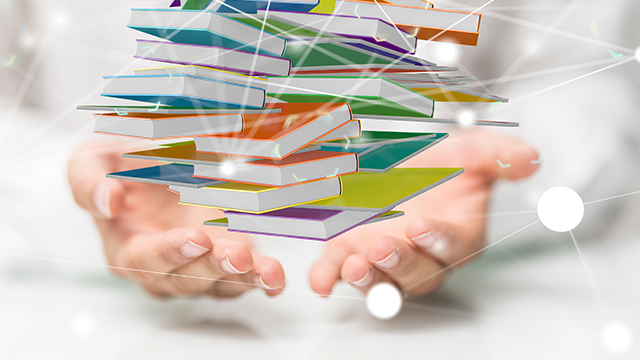

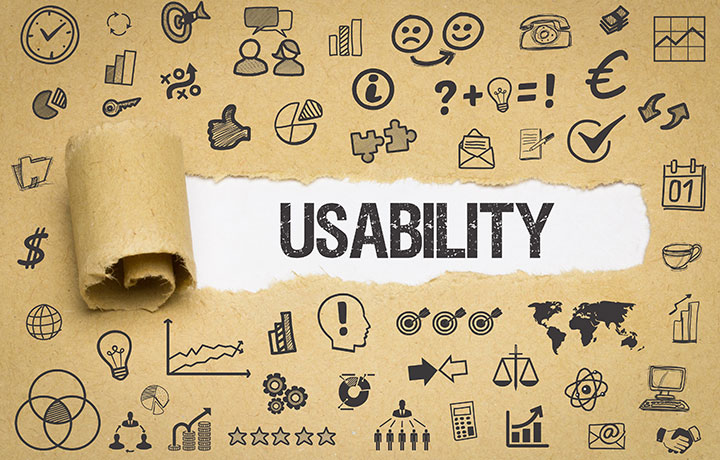

















 Manual creation
Manual creation Director, Writer
Director, Writer In-house Support
In-house Support Video
Video Manual
Manual Manual Creation
Manual Creation One-Stop Service for Manual Creation
One-Stop Service for Manual Creation Manuals and Documents
Manuals and Documents